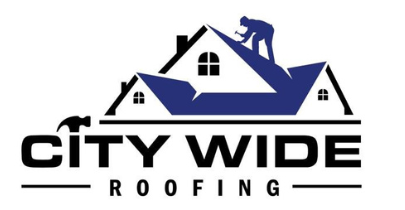As we navigate through the 21st century, the urgency for sustainable and energy-efficient solutions has become paramount, especially in the field of construction.
One of the most prominent and promising developments to emerge from this global initiative is the concept of cool roofing. Utilizing highly reflective materials and specialized designs, cool roofing systems aim to minimize heat absorption, thus reducing the need for artificial cooling and curtailing overall energy consumption.
The scope of this discussion is to dissect the intricate technological advances that have propelled cool roofing to the forefront of sustainable construction.
As we traverse the intricate layers of this topic, we’ll explore the science behind cool roofing, the benefits it brings, and how it’s shaping the future of our built environment.
Understanding Cool Roofing Technology
To fully grasp the concept of cool roofing technology, one must delve into the scientific principles that govern its design and efficiency, which primarily involve the reflection and absorption of solar radiation.
This technology is designed to reflect more sunlight and absorb less heat than a standard roof, reducing the energy required to cool a building and leading to significant cost savings.
The key elements of a cool roof are its high solar reflectance (the ability to reflect sunlight) and high thermal emittance (the ability to radiate absorbed heat). These properties are measured on a scale from 0 to 1; the higher the value, the cooler the roof.
Understanding these principles is imperative for anyone seeking to adopt this innovative and eco-friendly technology.
Innovative Advancements in Cool Roofing
Building upon the foundational principles of cool roofing technology, there have been several innovative advancements in this field that have further optimized the reflectance and emissivity of these roofs, enhancing their overall energy efficiency.
These advancements include the development of high solar reflectance paints, thermally efficient materials, and advanced insulation strategies.
The utilization of high solar reflectance paints increases the roof’s ability to reflect sunlight, reducing heat absorption.
Thermally efficient materials, on the other hand, help in retaining the coolness for a longer time.
Advanced insulation strategies add another layer of temperature regulation, further reducing energy consumption.
Together, these developments push the envelope of cool roofing technology, demonstrating how innovation can contribute to a sustainable future.


